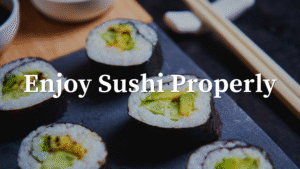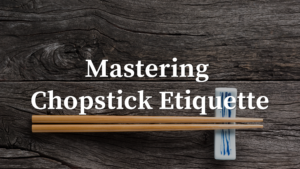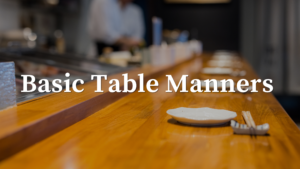What to expect when dining out in Japan, from entrance to payment.
Dining in a Japanese restaurant is often a calm and polite experience. Understanding a few local customs can help you feel more comfortable and make a great impression.
1. Entering the Restaurant
At many restaurants, especially small or traditional ones, you’ll be greeted with a loud “Irasshaimase!” (Welcome!). You don’t need to respond — just a smile or nod is enough.
If there’s no host, wait near the entrance to be seated. In casual spots like ramen shops, you might order from a vending machine first and hand the ticket to the staff.
2. Removing Shoes
Some restaurants require you to remove your shoes, especially if you’re seated on tatami mats. Look for a shoe rack at the entrance, and use slippers if provided.
3. Seating
You may be asked whether you prefer a table or counter seat. In traditional places, you might sit on cushions (zabuton) on the floor.
4. Ordering
Menus often include pictures, and many places are happy to help with basic English. Pointing at menu items is totally fine.
If you follow a vegan diet, it’s helpful to show a printed card in Japanese explaining your needs, since staff may not fully understand terms like “vegan.”
5. Calling Staff
Unlike in some countries, staff won’t check on you often. To order, simply say “Sumimasen!” (Excuse me!) — it’s not rude!
6. Paying the Bill
In most restaurants, you pay at the register, not the table.
Look for a small tray near the cashier — place your money there instead of handing it directly to the staff😊
7. No Tipping
Tipping is not expected in Japan. Great service is part of the dining culture, and a polite “Arigatou gozaimasu” is more than enough.😊







